
Food
07:42, 20-Jan-2019
Major Cold: A sweet bite of chestnuts and rice cakes before spring comes
By Ai Yan
02:27
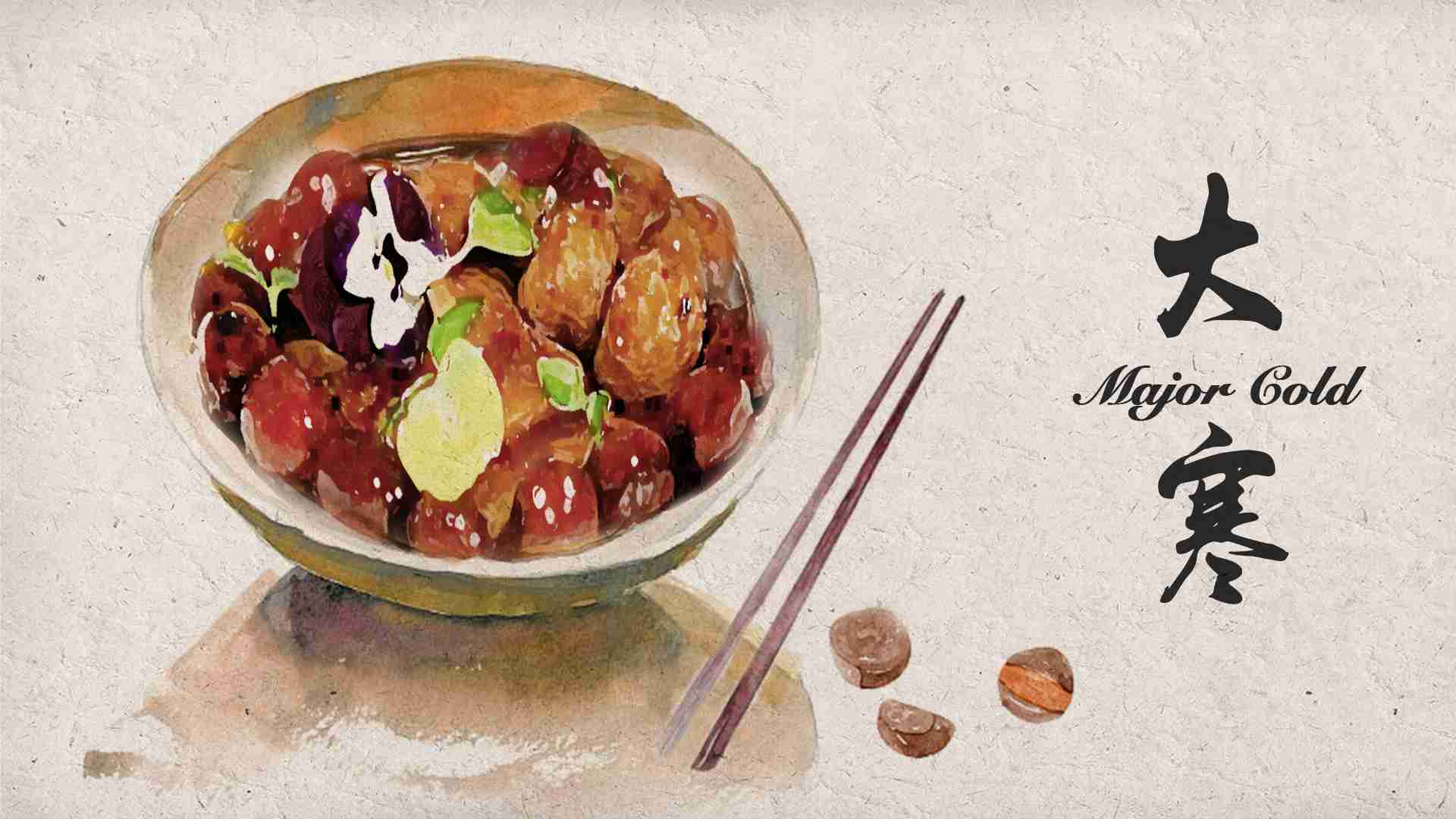
When Major Cold comes, it means the lunar year is coming to an end.
Major Cold, also known as “Dahan” in Chinese, is the last solar term of the winter and also the whole year. It usually falls around January 20, not far away from the Spring Festival, which falls on February 5 this year.
During this time of year, people in ancient China preferred food with a warm and placid nature, in order to get the nutrition required during the cold days.
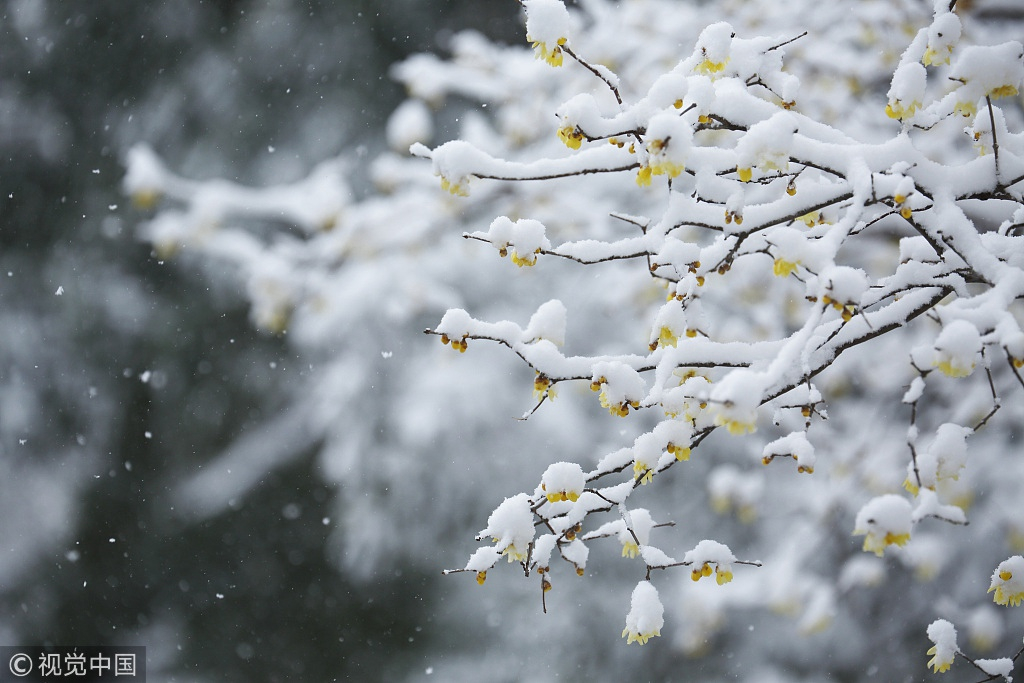
Snow covered branches. /VCG Photo
Snow covered branches. /VCG Photo
Sticky rice and chestnuts are among the top choices now. In many areas across China, people add various nuts to sticky rice while cooking, to give their meal some extra nutrients and taste. For this year's Major Cold, we recommend the vegetarian dish of chestnut-braised rice cakes as the last dish from this year's 24 solar term vegetarian menu series.
Why chestnuts and rice cake?
Rice cake is one of the favorite foods of the Chinese people, especially for those living in the southern areas, not only because of its taste, but also out of respect for traditions.
In the Chinese language, the pronunciation of rice cake, or “nian gao” is similar to the auspicious words “nian nian gao sheng”, which literally means getting promoted in one's position every year. Therefore the tradition of eating rice cake also reflects the Chinese people's best wishes for a smooth year.
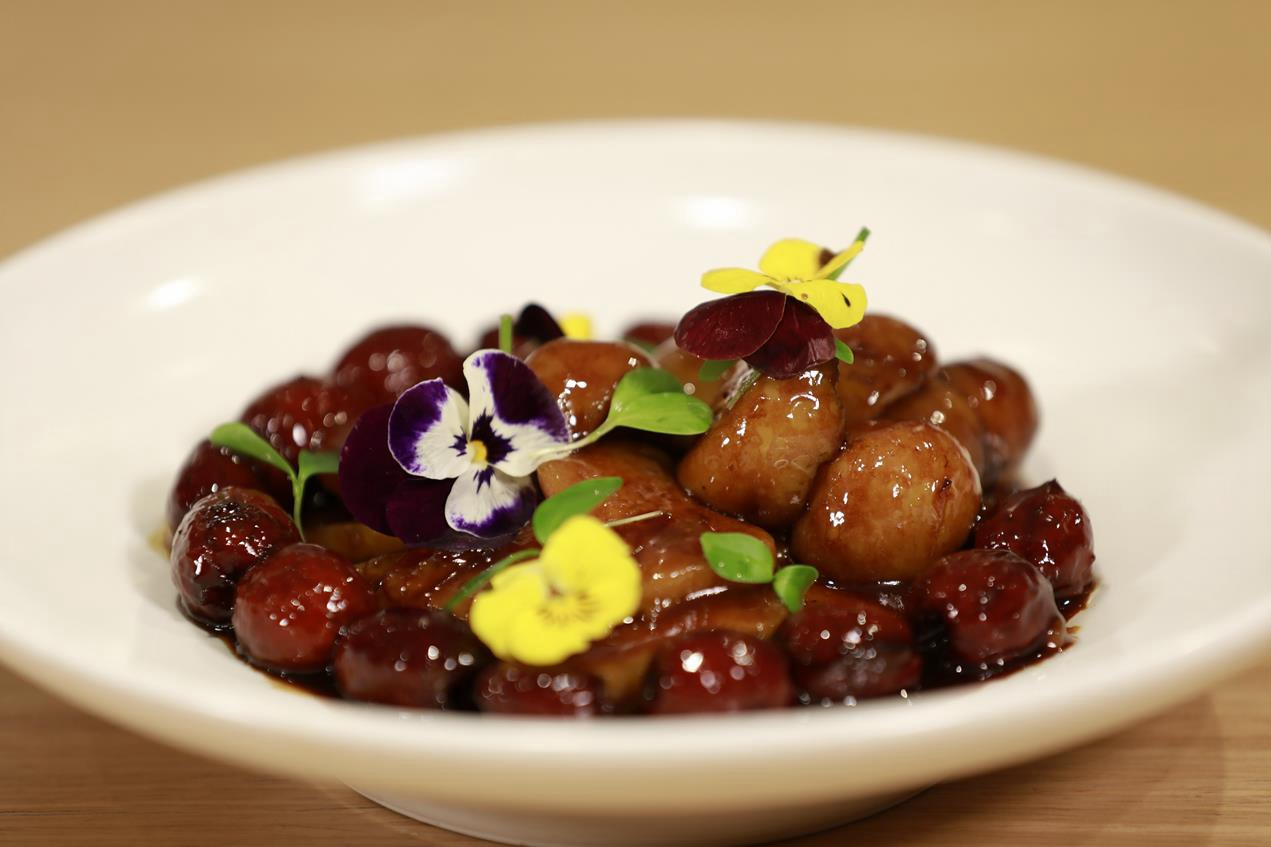
The dish "chestnut-braised rice cakes". /CGTN Photo
The dish "chestnut-braised rice cakes". /CGTN Photo
Plus, rice cakes are made from a combination of rice and sticky rice, which can help people fight off the cold during the winter days.
Ancient Chinese medicine books say that chestnuts are good for the kidney and liver. This makes it a core ingredient during winter.
Another crucial element to the dish is jujube fruit. For the dish, golden-silk jujubes in particular are the best choice. They are good for the blood and it is believed that they could enrich the blood and keep moisture in the body, perfect for China's dry climate.
How to cook chestnut-braised rice cakes
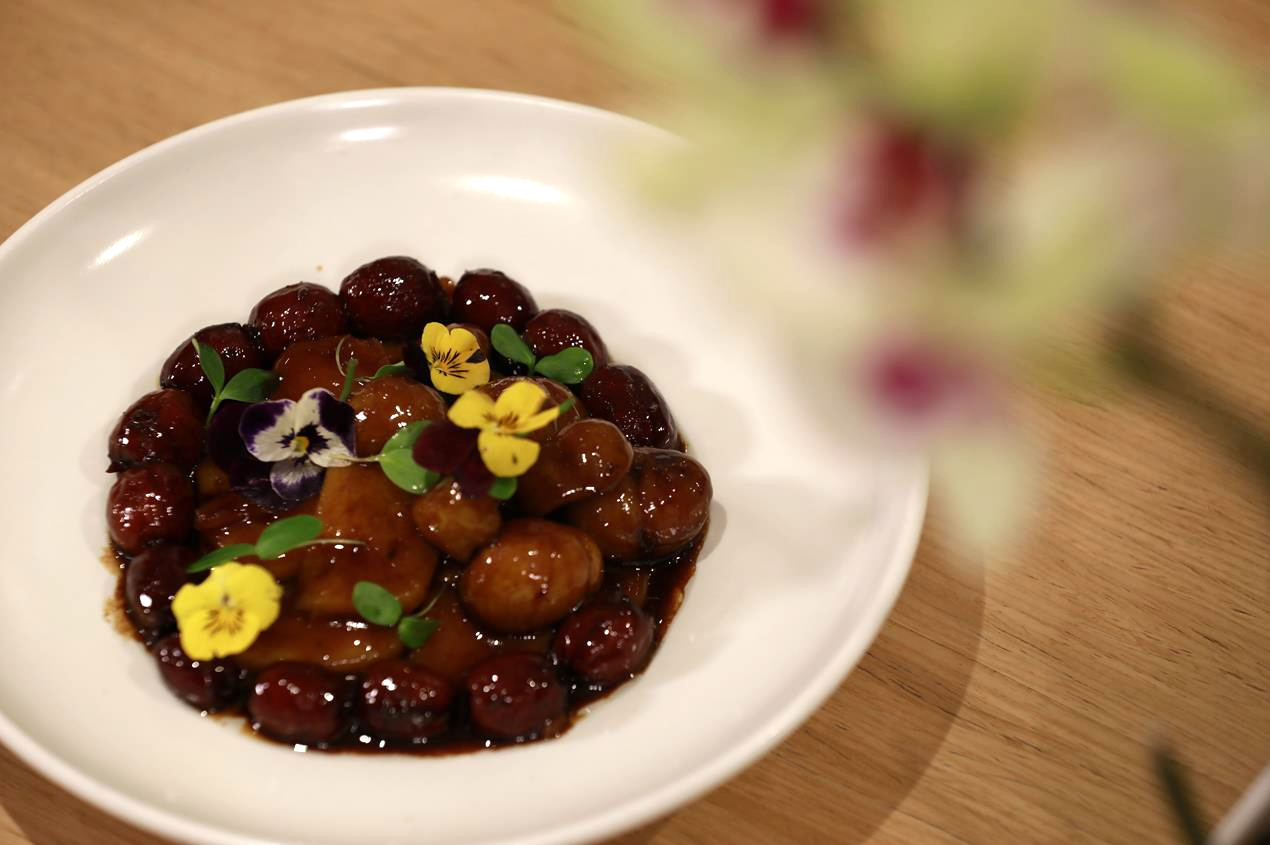
Chestnut-braised rice cake flakes. /CGTN Photo
Chestnut-braised rice cake flakes. /CGTN Photo
During the preparation, the chestnuts need to be peeled and boiled, and for the rice cake flakes, the water mill grinded ones are preferable, due to their distinguished flavor and taste. Before making the sauce, it is necessary to boil the chestnuts and rice cake flakes again to make them soft and waxy.
The sauce is crucial to the dish. First, stir-fry the ginger slices in hot oil for a few seconds, until they turn a golden color, then add a little Huadiao wine - a type of Chinese rice wine mainly produced in east China's Zhejiang Province - as well as some light soy sauce.
When the ginger is fully mixed with the wine and sauce, pour in some water and boil the chestnuts and the rice cake flakes together. A dash of sugar and white pepper are required now for seasoning. The dark soy sauce will help turn the sauce a dark red, which is crucial as the Chinese dishes are well known for their boldness, both in flavor and in appearance.
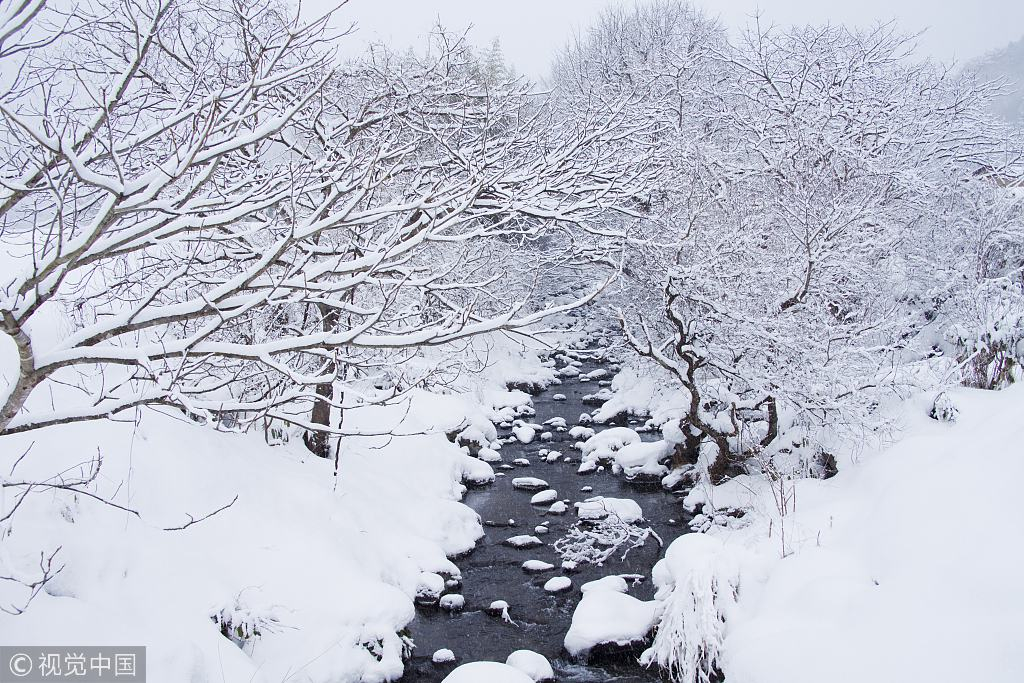
VCG Photo
VCG Photo
Before serving, decorate the dish with some viola tricolor flowers and some tender leaves of Chinese toon to give the dish a spring feeling - and then, help yourself.
Bon appetite and happy Spring Festival!
Photography by Ma Jian
Video editing by Li Yahui
Head image designed by Du Chenxin

SITEMAP
Copyright © 2018 CGTN. Beijing ICP prepared NO.16065310-3
Copyright © 2018 CGTN. Beijing ICP prepared NO.16065310-3